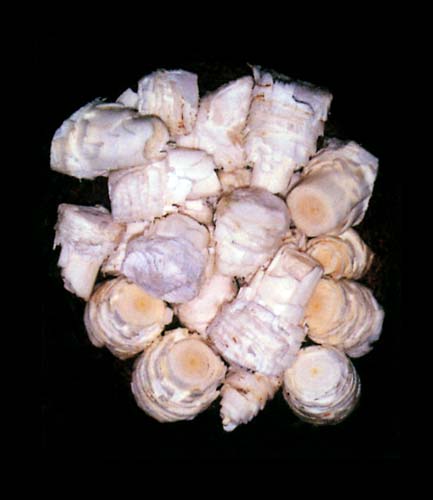
Tī (cabbage tree) was an important food source for Māori. The kōata (part of the stem) was broken and cooked to form kōuka, a food similar to an artichoke heart. Māori planted the trees in groves to attract kererū (New Zealand pigeons), and caught the birds in snares made from the leaves.
Using this item
Canterbury University Press
Reference:
Philip Simpson, Dancing leaves: the story of New Zealand's cabbage tree, tī kōuka. Christchurch: Canterbury University Press, 2000, p.150.
Photograph by Philip Simpson
This item has been provided for private study purposes (such as school projects, family and local history research) and any published reproduction (print or electronic) may infringe copyright law. It is the responsibility of the user of any material to obtain clearance from the copyright holder.







Add new comment